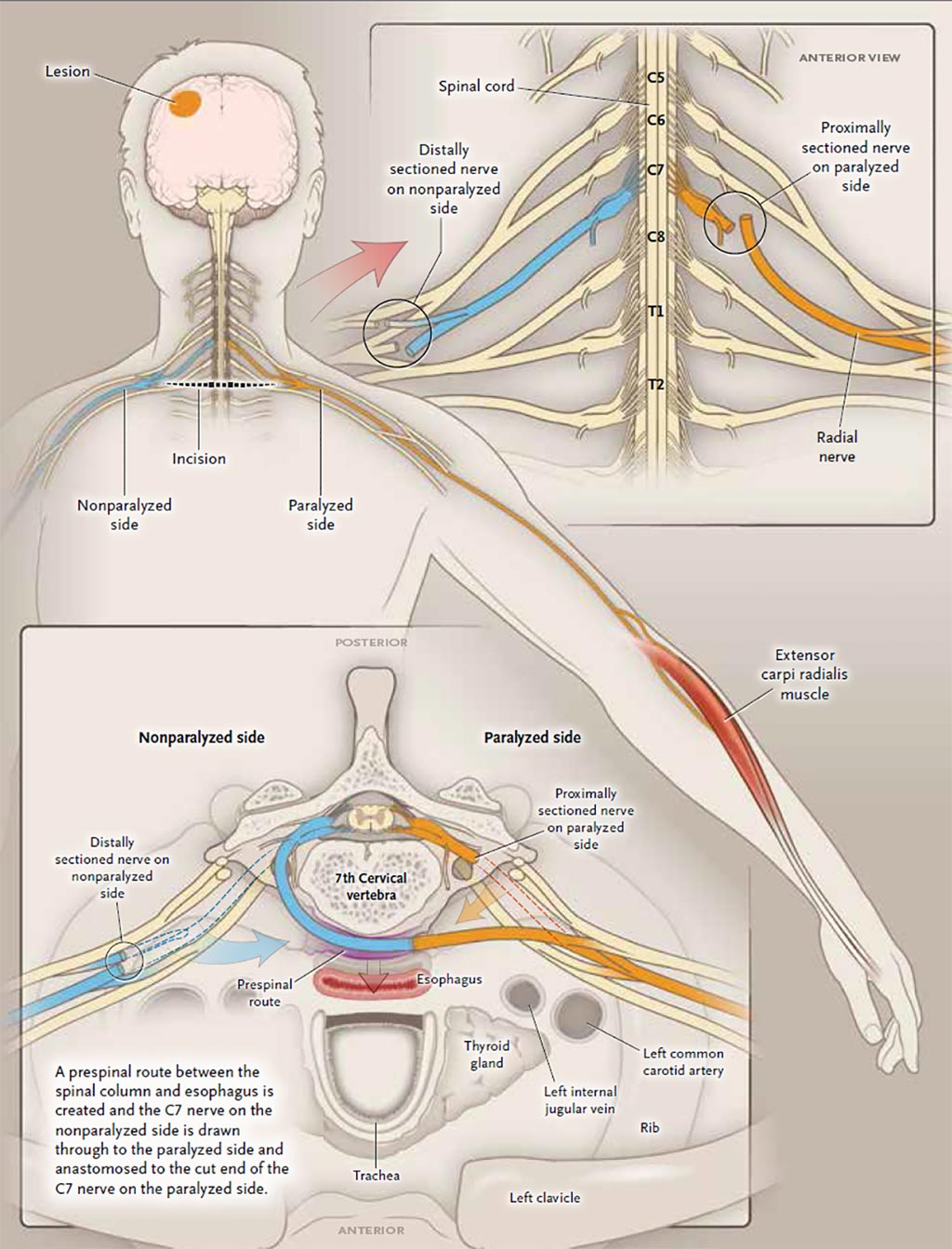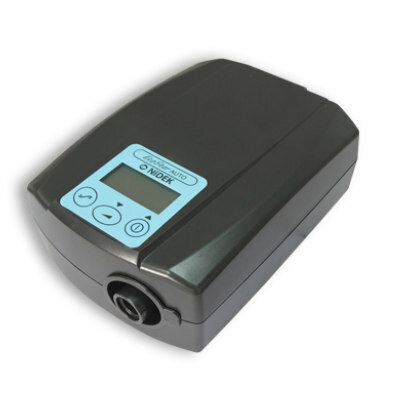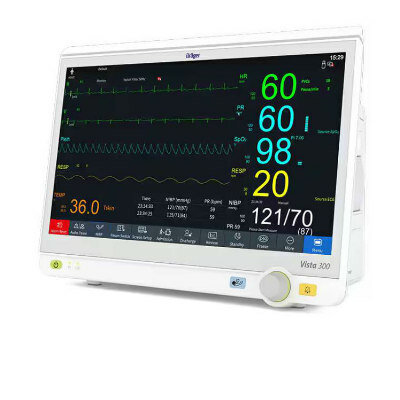Cervical Nerve Transfer Improves Spastic Arm Paralysis
By HospiMedica International staff writers
Posted on 08 Jan 2018
Contralateral seventh cervical (C7) nerve transfer is beneficial for patients with unilateral arm paralysis for more than five years, according to a new study.Posted on 08 Jan 2018
Researchers at Huashan Hospital (Shanghai, China), East China Normal University (Shanghai, China), Fudan University (Shanghai, China), and other institutions in China conducted a study that randomized 36 patients with unilateral spastic arm paralysis for more than five years to undergo either C7 nerve transfer from the non-paralyzed to the paralyzed side, plus rehabilitation (18 patients), or to rehabilitation alone (18 patients). The primary outcome was 12-month change in total score on the Fugl–Meyer upper-extremity scale (FMUES).

Image: The C7 cervical nerve transfer procedure (Photo courtesy of MX Zheng / Fudan University).
The results showed that the mean increase in the FMUES score in the paralyzed arm was 17.7% in the surgery group and 2.6% in the control groups, with the smallest between-group difference with regard to improvements in spasticity being in the thumb. There was connectivity seen between the ipsilateral hemisphere and the paralyzed arm in transcranial magnetic stimulation and functional imaging. In the hand on the side of the donor graft, there were no significant differences in power, tactile threshold, or two-point discrimination. The study was published on December 20, 2017, in the New England Journal of Medicine (NEJM).
“The majority of clinical improvements coincided with physiological evidence of connectivity between the hemisphere on the side of the donor nerve and the paralyzed arm. The ability to reach and to open the hand improved in patients who had undergone surgery, such that they were able to dress, wring out a towel, tie their shoes, and operate a mobile phone,” concluded lead author Mou-Xiong Zheng, MD, PhD, of Fudan University. “Surgery-related adverse events occurred on the side of the donor nerve, including weakness at the elbow and in wrist extension, as well as numbness in the thumb and index and middle fingers and pain after surgery.”
Spastic limb paralysis due to injury to a cerebral hemisphere from stroke, traumatic brain injury (TBI), or cerebral palsy is a cause of long-term disability, and it is estimated that 30-60% of stroke survivors are unable to use their paralyzed hand. The functional impairment is due to both the interruption of the inhibitory activity of upper motor neurons, which causes spasticity, and loss of fractionated fine motor control of the hand. There is evidence of contra-lesional cerebral hemisphere involvement in the recovery of hand function after a stroke, particularly in the execution of tasks that require a high degree of accuracy or complexity.
Related Links:
Huashan Hospital
East China Normal University
Fudan University














